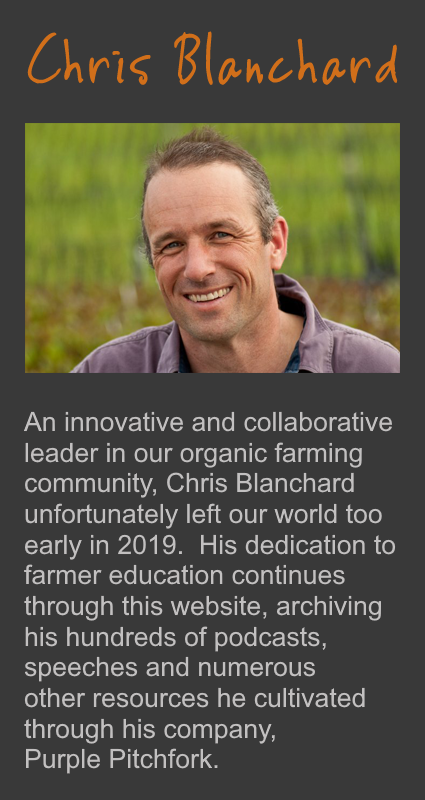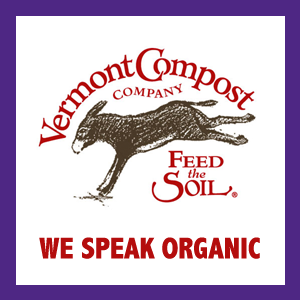A 2006 Iowa State University study suggested that making weed seeds less accessible to predators resulted in increased weed densities the following year. Tilling your weed seeds into the soil buries them, and keeps them away from scavenging field mice and birds over the winter. Leaving them standing makes them accessible to birds throughout the winter, and shattered seeds can fall on successive layers of snow throughout the winter.
Standing weeds also slow the wind down as it blows over your field. And the wind then drops some of the snow it’s carrying.
It may not feel as pretty or as clean as a freshly tilled field going into winter, but leaving your weeds standing should reduce your weeds the next year, and provide a better moisture boost for your soil.




 RSS Feed
RSS Feed
